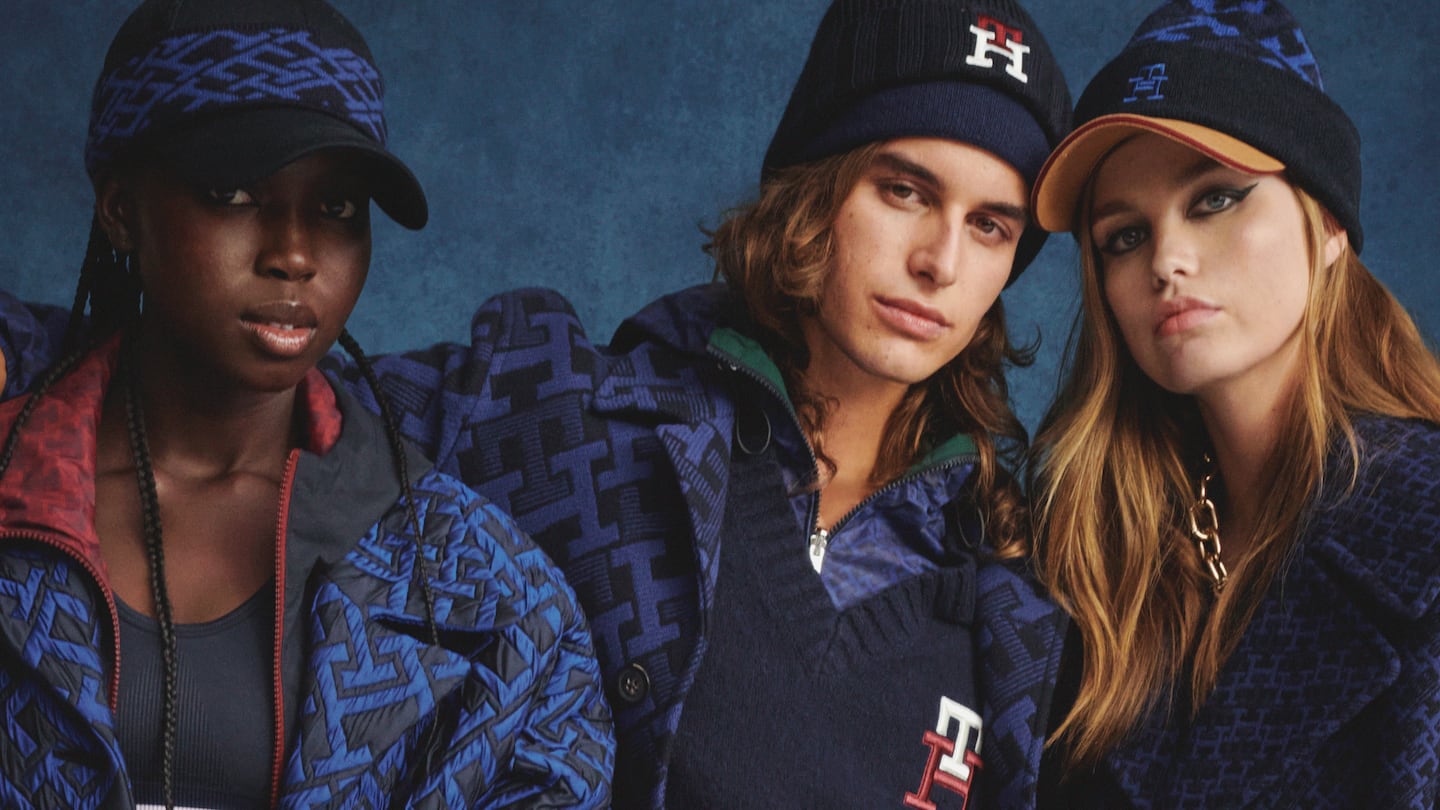
The Business of Fashion
Agenda-setting intelligence, analysis and advice for the global fashion community.

Agenda-setting intelligence, analysis and advice for the global fashion community.

The Tommy Hilfiger and Calvin Klein owner has committed $10 million to the fund through its philanthropic arm.
The initiative was launched in June by nonprofit Apparel Impact Institute to finance, scale and de-risk promising solutions that could slash the industry’s carbon emissions in the coming years.
The Fashion Climate Fund counts H&M Group, Lululemon, H&M Foundation and The Schmidt Family Foundation among its initial donors, with each expected to contribute $10 million between now and 2030. In making solutions like renewable energy, coal-free manufacturing and lower-impact and next-generation materials a less risky investment opportunity, the fund estimates that it will unlock a further $2 billion in funding from traditional financial institutions like banks and private equity.
Learn more:
ADVERTISEMENT
H&M and Lululemon Back $250 Million Fund to Tackle Fashion’s Climate Impact
The brands are among the lead donors to a new fund, which is designed to de-risk and scale high-impact projects so they can attract up to $2 billion in more conventional financing.
Europe’s Parliament has signed off rules that will make brands more accountable for what happens in their supply chains, ban products made with forced labour and set new environmental standards for the design and disposal of products.
Fashion’s biggest sustainable cotton certifier said it found no evidence of non-compliance at farms covered by its standard, but acknowledged weaknesses in its monitoring approach.
As they move to protect their intellectual property, big brands are coming into conflict with a growing class of up-and-coming designers working with refashioned designer gear.
The industry needs to ditch its reliance on fossil-fuel-based materials like polyester in order to meet climate targets, according to a new report from Textile Exchange.